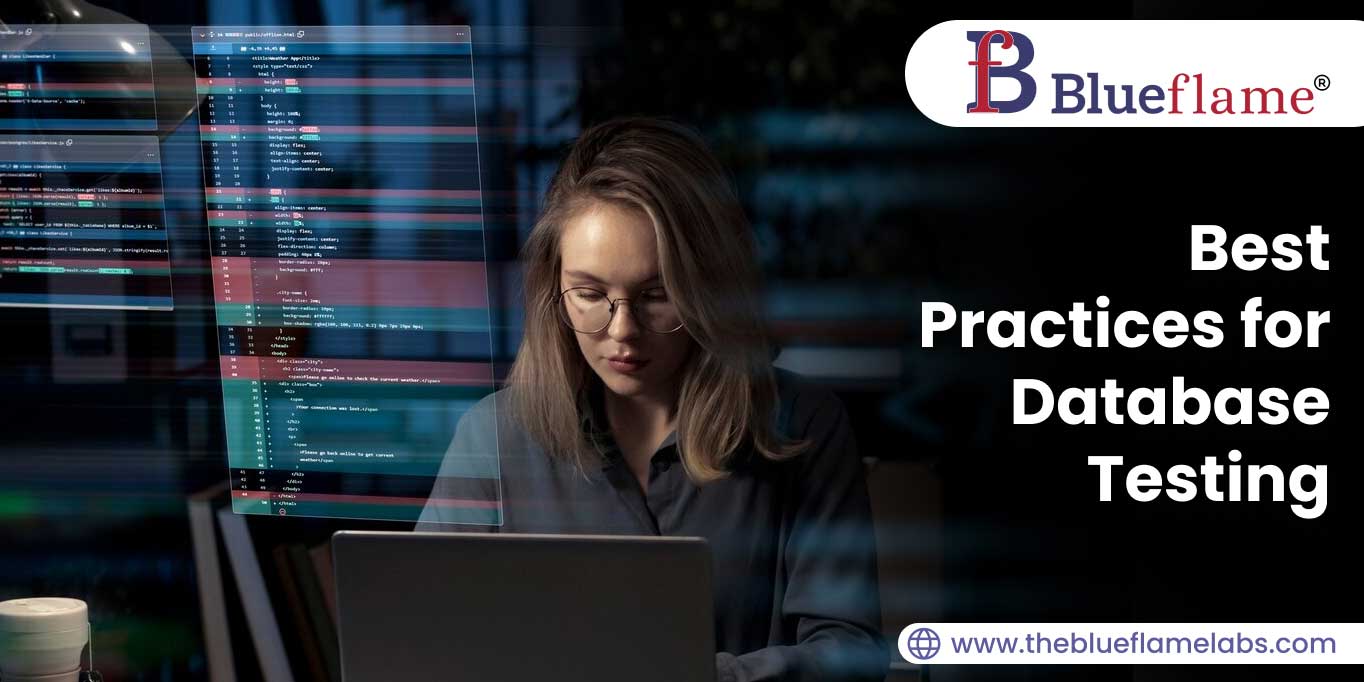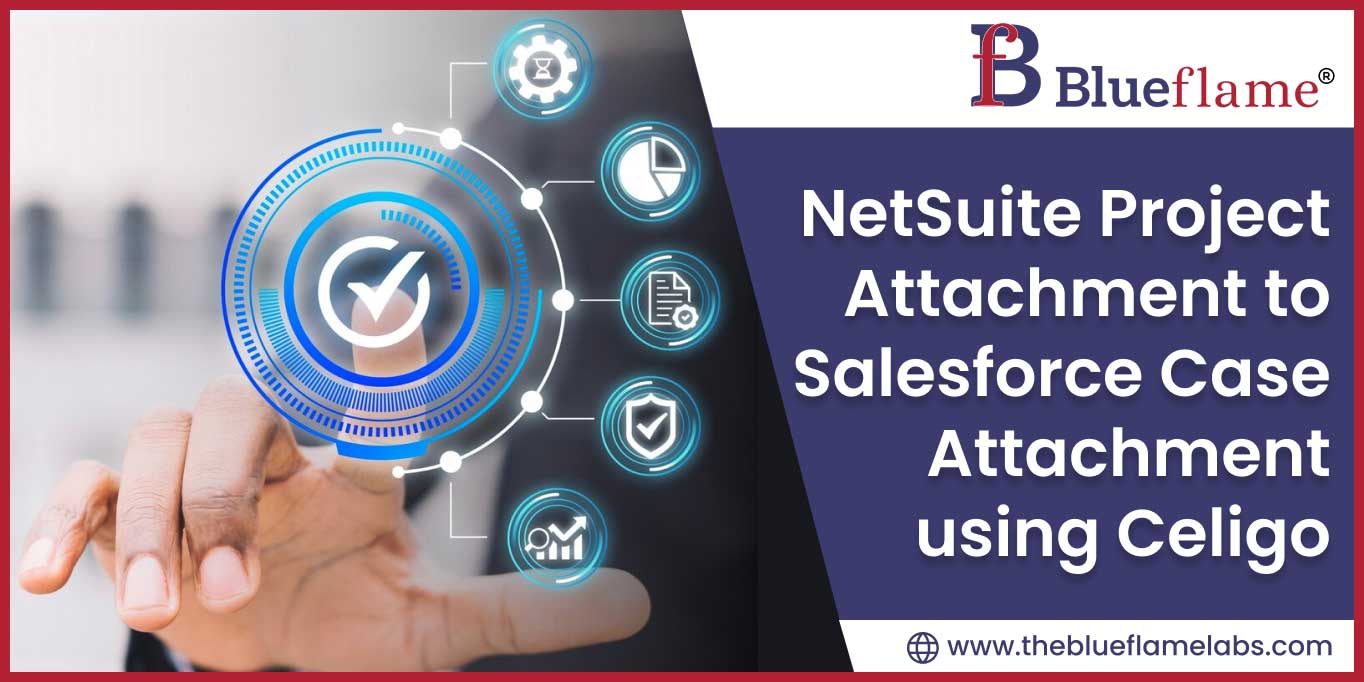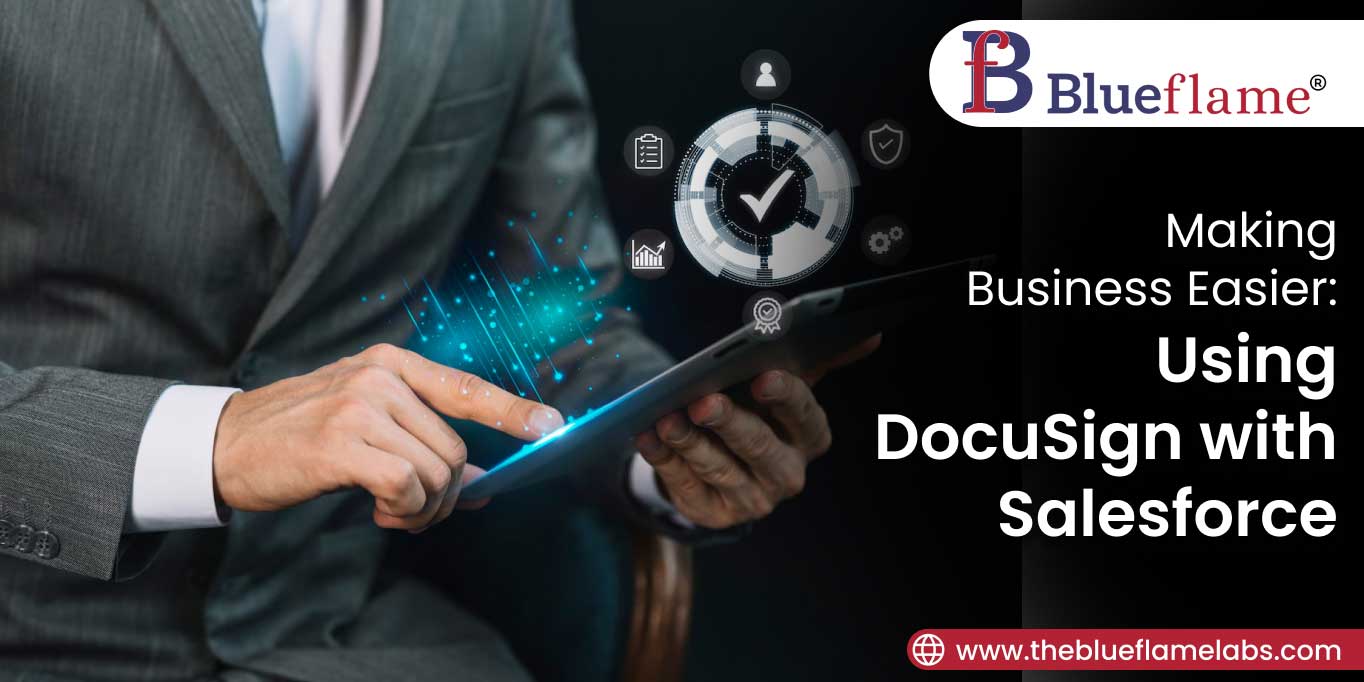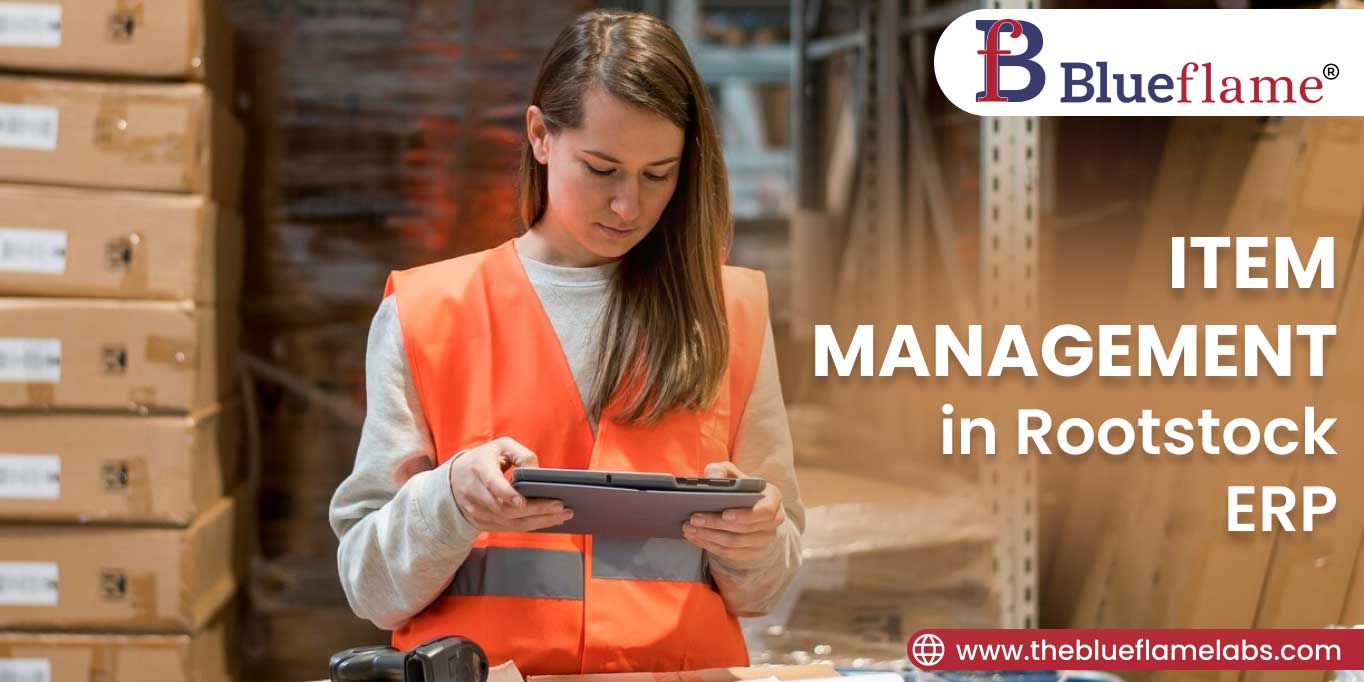Rootstock ERP Return Material Authorizations: Simplify Your Return Process
Introduction to Return Material Authorization:
Return Material Authorization (RMA) also known as Return Merchandise Authorization is a financial and work order tracking key called a Return Material Authorization (RMA) is used to determine the provenance of a returned item. Returning unwanted or damaged goods to the manufacturer or supplier in exchange for a refund, replacement, or credit to the customer's account is known as an RMA.
Return Material Authorizations are used to track the origin of returned goods using a tracking key that is both financial and work order related. RMAs are used when customers return unwanted or damaged goods to suppliers or manufacturers in exchange for credits toward their accounts, replacements, or refunds.

Fig. RMA Process Life cycle
As Rootstock ERP Partners, we would like to highlight some benefits -
Benefits of Return Material Authorizations
- Automation: Rootstock automates the RMA request process, making it easier for customers to initiate returns and for businesses to manage the entire workflow. This automation reduces manual paperwork and administrative burdens. Efficient Customer Contact:
- Efficient Customer Contact: Effective customer contact tools are frequently included in RMA software, which enables businesses to easily connect with clients about return policies, guidelines, and progress updates. This improves the experience for customers.
- Return Label Generation: By creating return labels, these solutions streamline the return shipping procedure and guarantee that customers may return damaged goods with ease.
- Return Reasons Tracking: RMA software helps businesses uncover patterns of product faults or customer unhappiness by tracking and classifying return causes. Efforts to improve quality can benefit from this data.
Source of RMA Creation in Rootstock
- From Salesforce Case: By choosing the “Create RMA” button, you may generate a brand-new RMA Detail report from a Salesforce Case. The new "RMA Detail" item in Rootstock is exhibited to the user. The Rootstock RMA Detail report incorporates all Customer's data alongside Salesforce Case data. On Rootstock’s side, it stores all RMA details, and Salesforce Case Number.
- Manually create from a Sales Order Invoice or Shipper: RMA can manually be created from the new button on the related list of Sales Order Invoice or Shipper Header. Using this, the newly created RMA is directly linked to a Sales Order Invoice or Shipper.
- From the RMA page: RMA can also be created directly from the New button on the RMA list view.
Way to return goods or defective products from buyers and suppliers
Step 1. Determining the problem or the reason for returning.
The customer contacts the technical support office and speaks with a technician to start the return process. Instead of requiring a call, some retailers let customers obtain an RMA via email.
The customer certifies that there is a problem with the goods or has a good reason to send the item(s) back to the vendor. Defects, erroneous shipments, expired goods, or requirements changes are a few possible causes.

Fig. Evaluation of Customer Service
Step 2. Reaching out to the Provider.
When contacting the supplier, the buyer gives all the required information, including the name of the product, the purchase order number, the invoice number, and a description of the problem.
Step 3. Examine and Give Your OK.
After reviewing the return request, the supplier determines whether to approve it or reject it in accordance with their RMA procedures. The supplier issues a unique RMA number to the buyer upon approval, enabling tracking and communication throughout the process.
Step 4. Shipping and Packing.
The purchaser meticulously packs the item or items for return, adhering to any particular packaging instructions given by the seller. A return form or packing slip, for example, and any other supporting documentation should prominently display the RMA number on the shipment.
The assignment of an RMA number is an essential step in the RMA procedure. Businesses can effectively trace returns and manage them throughout the return process thanks to this unique identity. By streamlining the return management system and allowing firms to classify returns according to reasons, customer data, and order management, RMA numbers help streamline operations.
Step 5. Getting and Examining
The supplier examines the returned item(s) to confirm the alleged problem and make sure the return complies with their RMA guidelines after receiving them. To identify the source of the issue, the product may be tested or evaluated as part of the inspection.
Step 6. Choosing the Solution.
The supplier chooses the best course of action, which may include repair, replacement, refund, or credit, based on the findings of the inspection. The resolution must comply with the conditions specified in the RMA policy.
Step 7. Putting the Resolution into Practice.
The supplier executes the selected course of action, which may include fixing the item, replacing it, giving a refund, or adding credit to the customer's account.
Step 8. Monitoring and Record-Updating.
In order to reflect the RMA transaction and its conclusion, both parties update their records to spot patterns, possible problems, and opportunities for development, they should also keep an eye on RMA data over the years.
Step 9. Shutting down the RMA.
The RMA procedure is deemed finished and the RMA case is closed after the resolution is satisfactorily carried out and both parties are pleased.
Buyers and suppliers may effectively handle product returns, reduce interruptions, and preserve a solid and cooperative relationship by adhering to this step-by-step RMA procedure.
Conclusion
A methodical and effective way to handle product returns, guarantee customer satisfaction, and enhance inventory and return management is through Return Material Authorization (RMA). It entails the issuing of RMA numbers, the automation of return procedures, and open and honest consumer interaction. commerce platforms, supply chain management, and companies looking to improve customer satisfaction while streamlining return administration all depend on an efficient RMA system.
Benefits of Rootstock ERP Return Material Authorizations (RMAs) with Blueflame Labs
Managing returns can be a nightmare, but what if you could transform that process into a smooth and efficient operation that boosts customer satisfaction and streamlines your workflows? That's the power of Rootstock ERP's Return Material Authorization (RMA) features, expertly implemented by Blueflame Labs, the leading service provider for Rootstock ERP RMAs.
Here's how Blueflame Labs can help you unlock the benefits of Rootstock ERP RMAs:
- Automated Efficiency: Eliminate manual paperwork and streamline the entire return process with Blueflame Labs' expertise in configuring Rootstock's automated RMA requests.
- Happy Customers, Happy Business: Provide exceptional customer service with efficient communication tools built into Rootstock's RMA system. We can ensure you're utilizing these features to their full potential.
- Effortless Return Shipping: Simplify the return process for your customers with automatic return label generation. Blueflame Labs can help you set this up seamlessly within Rootstock.
- Data-Driven Improvement: Gain valuable insights into return trends and identify areas for improvement. We can help you leverage Rootstock's RMA data to optimize your product quality and customer experience.
Partner with Blueflame Labs to maximize the power of Rootstock ERP RMAs.
Our team of experts will work closely with you to configure Rootstock's RMA features to perfectly suit your business needs. We'll ensure your RMA process is efficient, automated, and customer-friendly, freeing you to focus on what matters most – growing your business. Contact Blueflame Labs today and discover how Rootstock ERP RMAs can revolutionize your return management!











 Strictly Necessary Cookies
Strictly Necessary Cookies